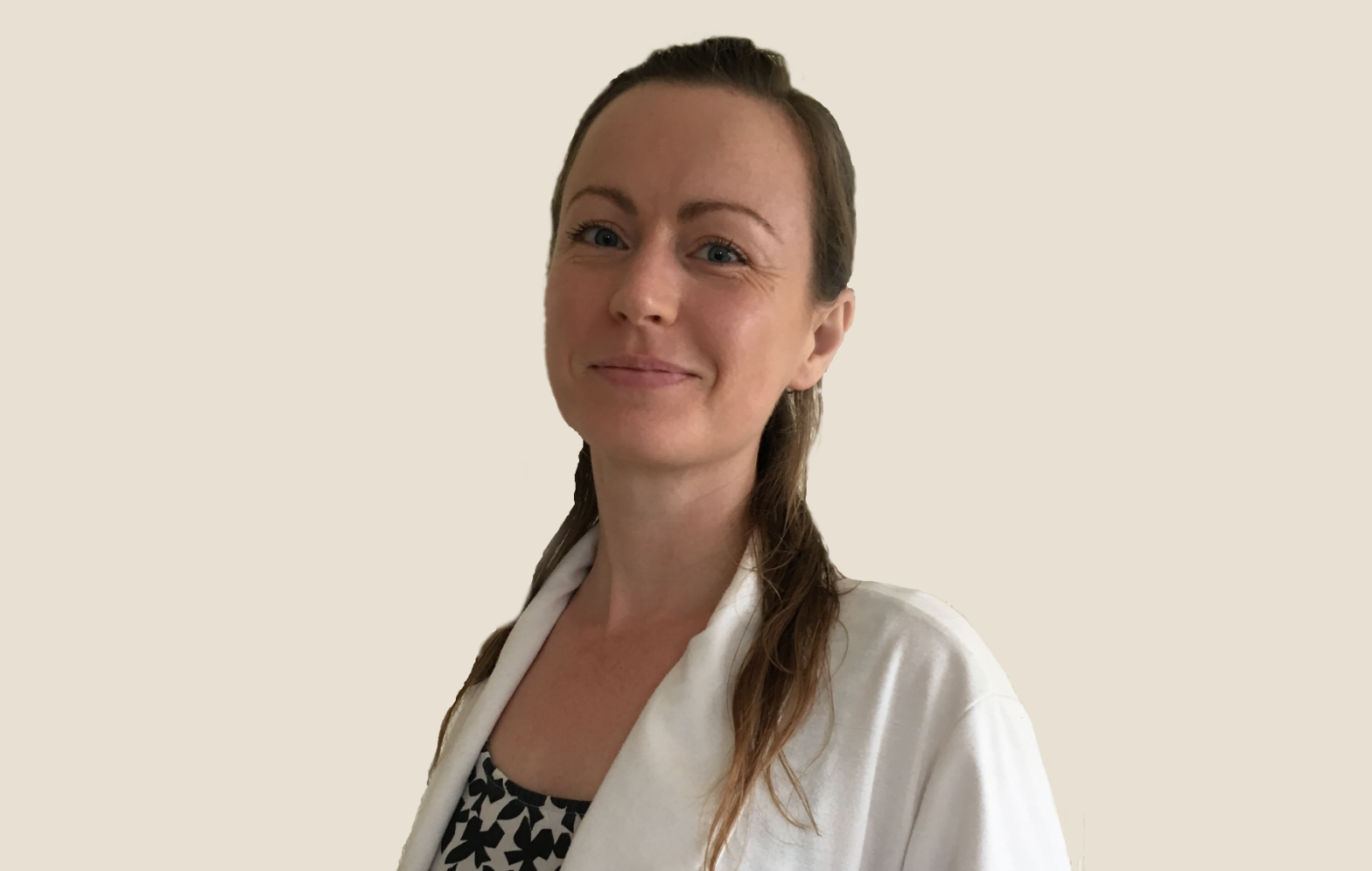The Sustainable Development Goals (SDGs), with the weight of the United Nations behind them, are steeped in credibility and authenticity that, sadly, regularly has nothing to do with how they are used by the investment community.
The 17 goals, 169 targets and 232 indicators – spanning areas such as poverty reduction, education, healthcare, peace and climate action – are designed to be a “blueprint to achieve a better and more sustainable future for all”, according to the UN.
But they can be used in ways far from how they were intended, to the point they end up sewing confusion – in a space where this is already heightened – and can be taken out of context – sometimes dubbed as SDG-washing whether it is intentional or not.
Fitting in with finance
Private finance is undoubtedly required to meet the goals, which have a deadline of 2030, and there have been plenty of efforts to retrospectively make sense of the SDGs for finance and harness capital flows. Just last year the Organisation for Economic Co-operation and Development and the United Nations Development Programme published a Framework for SDG Aligned Finance.
The suggestions included a global benchmarking tool, harmonisation of SDG ratings by ratings agencies, a globally adopted taxonomy and having independent evaluation of SDG alignment methodologies – not exactly changes we expect to see brought in overnight.
Until SDG use is properly regulated it falls to asset managers to do well with the SDGs. Rather than taking the goals out of context, applying them to peripheral areas of a company’s operations and fund selectors putting said holding in to an SDG fund, even though the company’s material impact is obviously harmful and against everything about the spirit of the SDGs, for example.
One blueprint
There may be 17 goals but there is only one blueprint, and this is something that seems to make it tricky to align the SDGs with investment strategies and impacts – not oversimplifying them out of usefulness and in to confusion and the territory of SDG-washing.
George Latham, managing partner at WHEB Asset Management, had one example of a more holistic approach to the goals – his team uses them to assess where society is going, what society would look like if the goals were all met and which industries would succeed or fail. From there he said WHEB creates a macroeconomic framework for long-term investing.
Latham also suggested the firm could explore using the SDGs as a framework against which to assess every company a fund invests in. So that’s all companies against all goals.
Client communication
But of course, these are not uses of SDGs investors would readily notice. Here’s another balancing act for asset managers – using the rainbow of goals to communicate with investors without leaning on them so heavily for marketing that it becomes misleading.
Louisiana Salge, senior sustainability specialist at EQ Investors, acknowledged the goals are complicated and intended for policymakers so her firm has been educating clients about the SDGs, year on year. EQ Investors has used the goals since 2015 as part of the theory of change but has only just started communicating that internal process to clients i.e. linking the expected outcome of investment activity in terms of impact on SDGs.
Honest picture
Yet the temptation to oversimplify is ever present. Take, for instance, the challenge of reporting simply and sensibly on SDG progress. One such recent attempt in asset management looked at each goal’s progress by focusing in on one particular metric, for one particular indicator, for each goal. Even with a methodology behind the metrics selection, it becomes spurious when held up against the soaring scope of the original goals.
And is it even honest to try and get a global progress update on individual goals while there are still so many yawning inequalities between regions? Should we not be assessing region by region to give a more honest picture?
These goals were not designed to serve investors and shareholders, but meant to be tools to serve the people suffering from the biggest challenges facing humanity. If we are going to tell that story, then let’s tell it honestly.
High stakes
I have a bit of extra interest in how the SDGs are used in finance because while they were being forged I was working at a peace and security charity that had a hand in shaping SDG 16 – Peace, Justice, and Strong Institutions. I saw first hand the sweat and long hours that went in to pulling together this awesome global project.
It’s interesting to reflect now on how an NGO like the one I worked in might have envisioned the goals if it had known they would eventually become a core part of sustainable finance.
My guess is it would have said they were too open to ‘SDG-washing’ and financial institutions should probably develop another version to which they could better be held to account. That’s just a guess though.
One thing that appeals to me about the use of the SDGs in sustainable finance, apart from when they are used to great effect of course, is the feeling that we are all on the same page – financial services, civil society and policymakers working together to the same end. It’s just a little bit utopian. And from a sentimental point of view, it brings my old life in the charity sector neatly in to my finance journalism world.
But when the use of the SDGs by asset managers feels more like a game of sustainable finance top trumps than an endeavour to improve life on Earth it seems the right time to pause and remember where these goals came from and to do better with where we are taking them.








